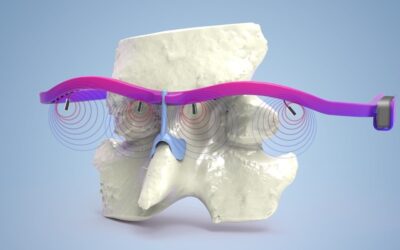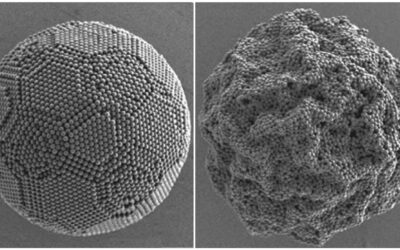Nanotubes whose properties alternate with nanometer precision can be made by a simple electrochemical process, show German scientists.
One dimensional semiconductors have been much studied in the last 20 years. In particular 1D structures based on titania (TiO2) are of interest because of the material’s wide bandgap and special chemical and physical properties. Nano-sized TiO2 tubes and arrays are already used in many applications such as solar cells and photocatalysts, but these constructions are often difficult and expensive to produce, especially on a scale that is useful for the applications.
Now Patrick Schmuki and colleagues at University of Erlangen-Nuremberg have exploited self-organization of multilayers of TiO2 and TaO2 into nanotubes in which the electronic properties alternate with nanometer precision. By using a simple electrochemical growth technique followed by heating to anneal the resulting tubes, the team have shown that it is possible to make tiny tubes that contain heterojunctions – interfaces between differing crystalline semiconductors. Such materials are expected to drastically enhance efficiencies in charge-transfer devices such as solar cells or solar hydrogen-generation architectures.
The method is cheap and convenient and allows the production of large amounts of the nanotubes, unlike many existing production routes which require ultrahigh vacuum or expensive equipment. The team believe that their new growth procedure is applicable also to other transition-metal nanotubes, so that many other applications of metal nanotubes can be accessed and improved by this technique.













